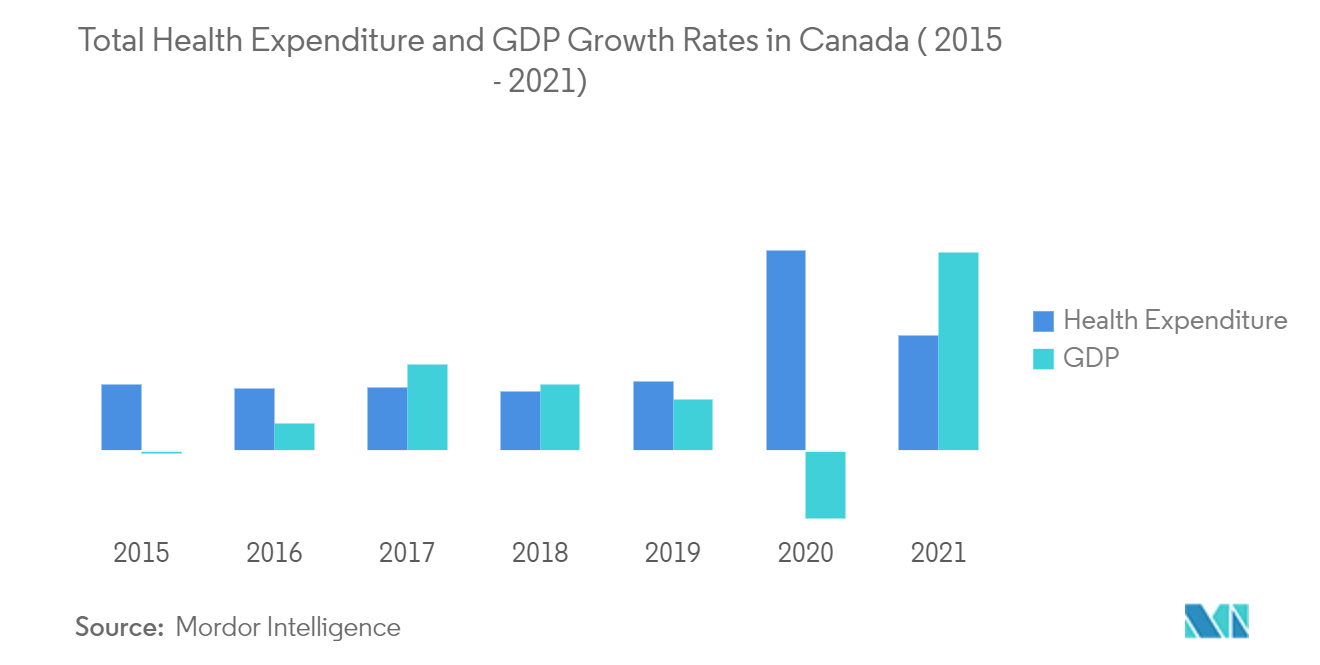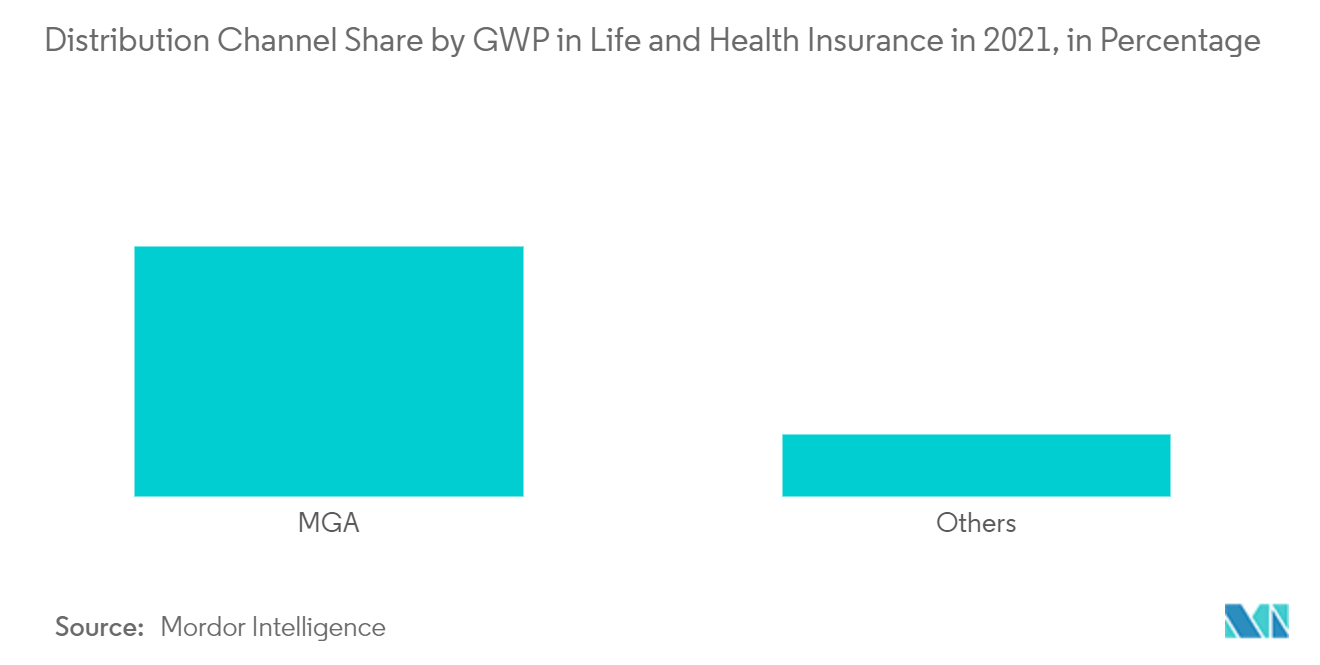Market Trends of Canada Health and Medical Insurance Industry
This section covers the major market trends shaping the Canada Health & Medical Insurance Market according to our research experts:
Private Health Insurance in Canada and Its Implications on the Health Coverage
In 2022, total health expenditure is expected to rise to USD 8,563 per Canadian.Total health spending in Canada is expected to reach USD 331 billion in 2022, or USD 8,563 per Canadian. Canadian Medicare provides coverage for approximately 70 percent of Canadians' healthcare needs, and the remaining 30 percent is paid for through the private sector. The majority of Canadians hold some form of private health care insurance, most commonly obtained as an employment benefit. Private insurance accounts for around 13% of spending on health, and its financing role is essentially limited to complementary coverage for services not covered by public insurance programs. Private supplementary insurance for services covered by the public insurance system does not effectively exist in Canada. About two-thirds of Canadians have some form of private health insurance that covers services such as vision, dental, outpatient prescription drugs, physical and occupational rehabilitation, psychology and other counseling, and private hospital rooms. This limited role for private insurance in health care reflects the core policy vision for health care financing in Canada, which emphasises equal access to medically necessary health care, especially physician and hospital services.
Prior to 1940, healthcare was essentially financed privately. However, with the advent of the 1984 act on Medicare and its principles, the public had wide scope to receive a lot of health benefits. Canada's national public health insurance is characterised by local control, doctor autonomy, and consumer choice, i.e., patients can choose for themselves which physician and hospital to attend to receive services within their province. Healthcare providers are mostly privately funded by public money via provincial budgets. Hospitals are largely privately owned, not-for-profit organisations that receive annual global operating budgets from the provinces. Physicians practise privately, with their remunerations on a fee-for-service basis received through the provincial health plans.

Spotlight on the Popular Channels Used to Distribute Health Insurance in Canada
More than 130 health insurers serve the people of Canada's healthcare needs.Group sales through medium- and large-sized employers are the dominant channel of distribution in health insurance, which is best utilized by the Canadian population. Together with the traditional career agent or exclusive sales force, health insurers may as well use any combination of independent agents, managing general agencies (MGAs), and national accounts to distribute their products. Each of these channels is further divided into sub-categories. So independent agents may be either individuals working on their own or Personal Producing Groups of Agents (PPGAs); MGAs include Associate General Agencies; and national accounts include both IIROC dealers and MFDA dealers.
MGAs: Managing General Agencies This is allegedly the largest channel of distribution for both life insurance and health insurance in Canada, accounting for approximately 30% of all new premiums.The MGA channel utilizes a wide variety of business models, from large, national organizations to small, local operations. Though there is no clear and consistent description of how the channel operates, there is no evidence of any systemic problems with the channel.
The functions of an MGA include back office support between the advisor and insurer for sales transactions; sales and marketing support for the advisor; and market conduct compliance support for the insurer.
AGA's (Associate General Agencies): They too support independent financial advisors, though on a smaller scale compared to the MGAs. It is mostly a sub to one or more MGAs.

